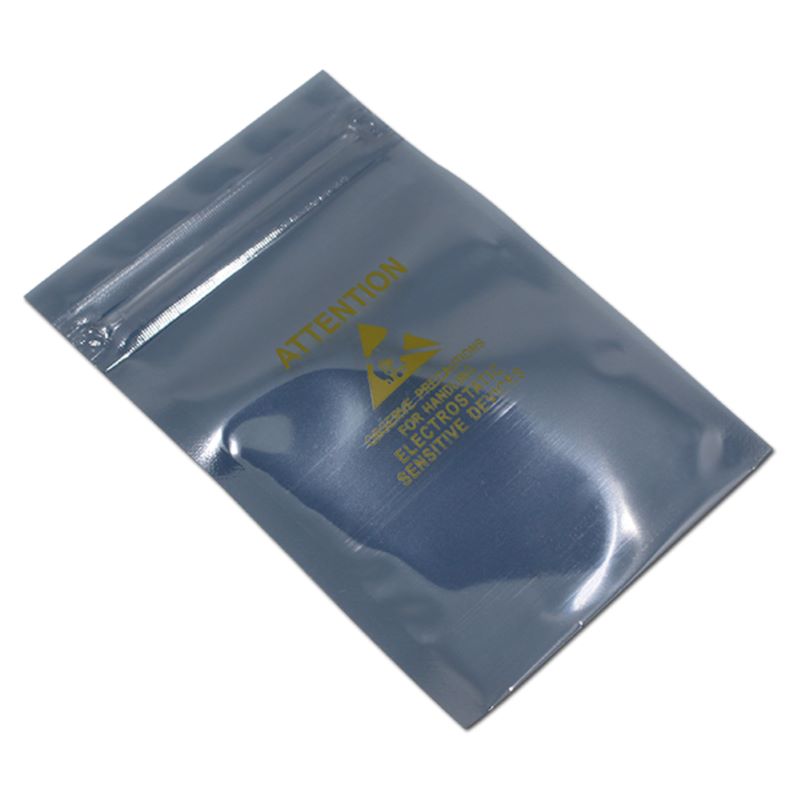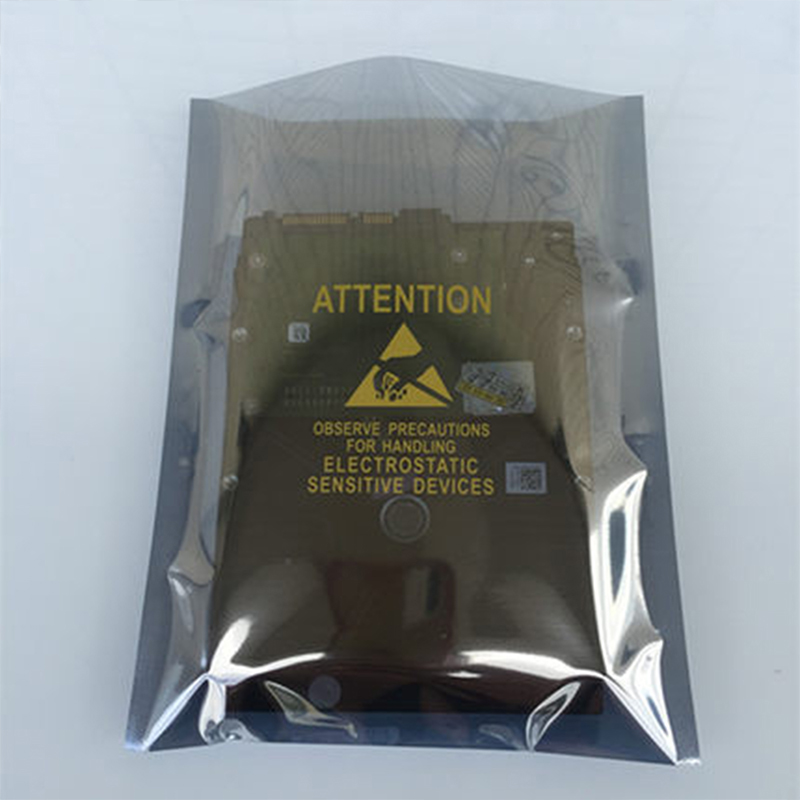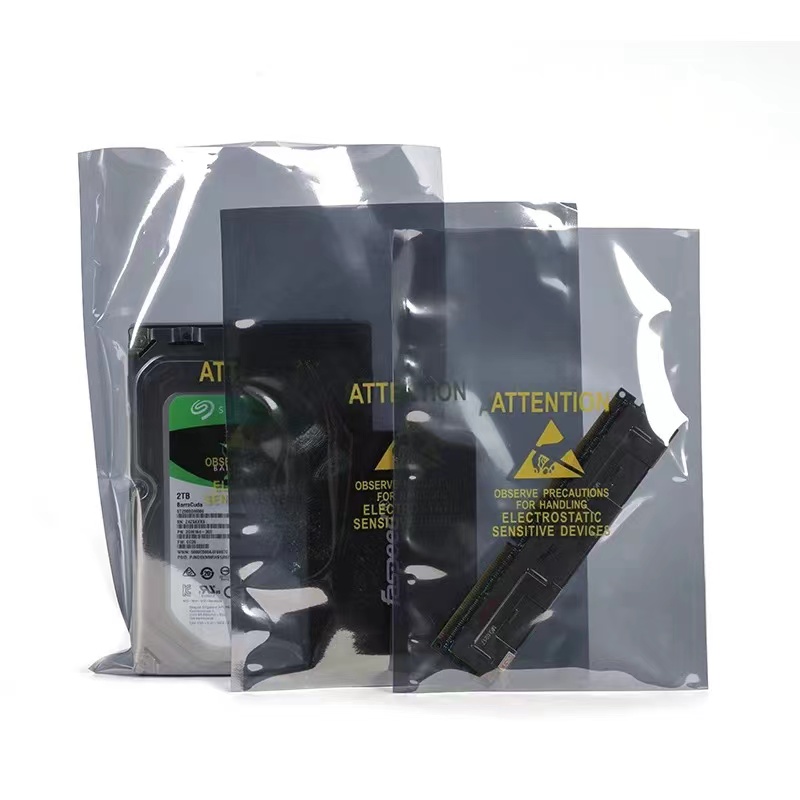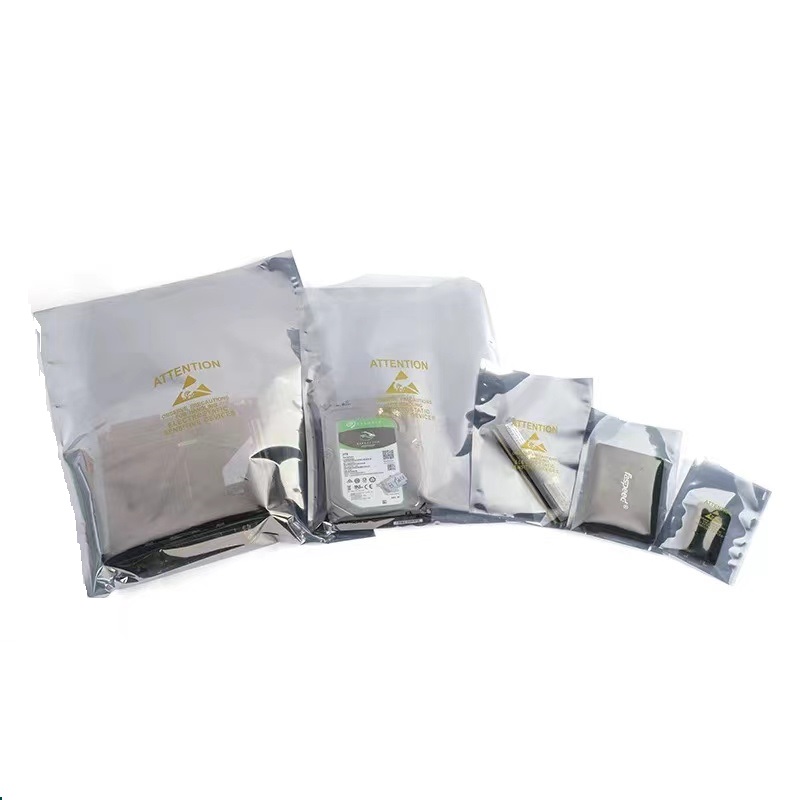FR1301 ESD Shielding Bag
Material: three layer compound structure
Static shielding:<30V
Static discharging time:<0.03S
Surface resistance:10^9-10^11ohm
Suitable for PCB,IC and other static sensitive components packing
Different sizes available
Products
Products DETAILS
FR1301 ESD Shielding Bag
ESD Shielding Bags: Detailed Overview
Electrostatic Discharge (ESD) is a major threat to electronic components, potentially causing damage or latent defects that lead to device failure. ESD shielding bags provide protection by preventing static electricity from affecting sensitive devices.
1. What is an ESD Shielding Bag?
An ESD shielding bag is a packaging solution designed to protect electronic components from electrostatic discharge (ESD). It works by using a conductive or dissipative material that prevents external static electricity from reaching the sensitive contents inside.
Unlike regular plastic bags, which can generate static electricity, ESD shielding bags are specially engineered with layers of materials to provide both antistatic and shielding properties.
2. How Does an ESD Shielding Bag Work?
Faraday Cage Effect
-
The metallic layer in the bag creates a conductive shield around the contents.
-
This shield blocks external electrostatic fields, preventing ESD from affecting the electronics inside.
-
The bag’s surface is static dissipative, meaning any charge that does build up is quickly neutralized.
Multi-Layer Construction
Most shielding bags have three to four layers:
-
Outer Antistatic Coating – Prevents static buildup and repels dust.
-
Polyester (PET) Layer – Provides mechanical strength.
-
Metallic Shielding Layer – Blocks static fields (usually aluminum).
-
Inner Polyethylene (PE) Layer – Prevents component damage from direct contact.
3. Types of ESD Bags
There are different types of bags for varying levels of protection:
A. Shielding Bags (Metal-In & Metal-Out)
-
Best for: Sensitive electronic components.
-
Protection Level: High.
-
How It Works: Uses a metallic layer to block electrostatic fields.
-
Types:
-
Metal-In Shielding Bags – The metal layer is sandwiched between plastic layers, making the bag more durable.
-
Metal-Out Shielding Bags – The metal layer is on the outer surface, allowing for faster static dissipation but making the bag less durable.
-
B. Pink Antistatic Bags
-
Best for: Low-risk electronic parts that don’t need shielding.
-
Protection Level: Low (prevents static buildup but doesn’t block fields).
-
How It Works: Made of antistatic plastic to reduce charge generation.
C. Moisture Barrier Bags (MBB)
-
Best for: Components sensitive to both moisture and ESD (e.g., ICs and semiconductors).
-
Protection Level: High.
-
How It Works: Combines a metallic shielding layer with a moisture-resistant material to protect against humidity and ESD.
4. Benefits of Using ESD Shielding Bags
Prevents Electrostatic Damage – Essential for protecting microchips, PCBs, and semiconductors.
Provides a Faraday Cage Effect – Blocks external static fields.
Improves Component Lifespan – Reduces the risk of latent ESD damage.
Comes in Various Sizes – Can store small ICs or large PCBs.
Reusable & Heat-Sealable – Many bags are durable and can be resealed for multiple uses.
5. Best Practices for Using ESD Shielding Bags
Always Seal the Bag – Use heat sealing or zip closures to fully protect components.
Use ESD-Safe Labels – Regular stickers may generate static.
Avoid Folding the Bag – This can break the shielding layer.
Store in an ESD-Safe Area – Keep bags in an ESD-protected zone (EPA).
Handle with Proper ESD Precautions – Use grounded wrist straps and mats when handling electronics.








